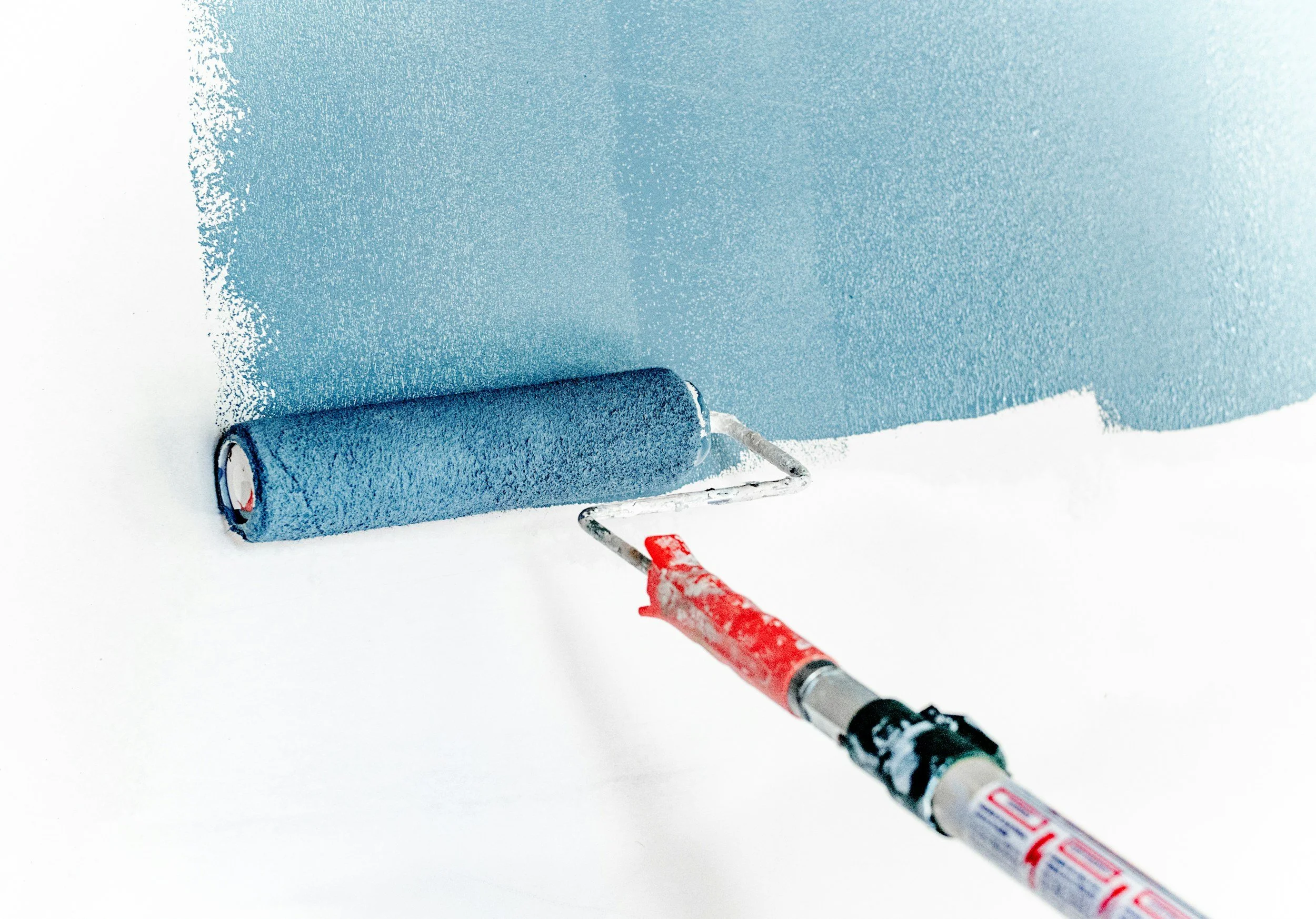A Love Letter To Digital Photography: How I Learned The Ropes Of The Industry
I love digital photography…
Photography is shrouded with photo filters and presets, giving the effects of film cameras’ aged lenses in today’s digital era. Film quality images are a nostalgic reference to the original shooters.
Digital photography has enhanced creativity, and editing software is the crutch of the sport.
Over a decade ago, I started out shooting for photography with a digital camera. I picked up a DSLR fuji digital camera years after shooting with disposable cameras because developing rolls of the film became expensive for a teen like myself.
September 11, 2009: Jadakiss, Steven Victor, and Pharrell Williams at Billionair Boys Club flagship store on West Broadway, Soho, NY. PHOTO: Cassell Ferere.
The idea of digital photography was relatively new, undervalued, and underappreciated. Digital cameras were not that great on a consumer level.
Professional photographers had all the access to any camera, whether film or digital, and could produce a range of work far from any other amateur.
As I was learning the ropes, I was gathering the positives and negatives of all photography styles, but the love I felt for digital photography was like nothing I had ever felt before. Finding the perfect settings for different environments became a thrilling challenge, especially when exploring various photoshoot locations Houston had to offer.
A chance encounter with Jonathan Mannion
Back then, I was introduced to world-class photographer and hip-hop historian Jonathan Mannion.
The former brand manager for Billionaire Boys Club was a man named Phillip Leeds, also a photographer. He was also the author of Big Shots, a collectible book of polaroids of music and fashion industry figures, and felt that I was worthy of an introduction.
September 11, 2009: Kid Cudi at BAPE store on Greene st. Soho, NY. PHOTO: Cassell Ferere.
Mannion invited me to his studio, located in Midtown at the time. He has since settled at Mana Contemporary, a cultural center for the arts.
Back then, I got to see a great deal of Mannion’s original works still on contact sheets, prints large and small, and hear some in-depth stories of how he got some of those amazing photographs.
I got to see his raw negatives and also see how little changed from his taken shot to the intended print. His eye has captured the greats in music like Notorious B.I.G., Jay-Z, Kanye West, and even furthermore produced work for global beauty brands.
October 15, 2020: Dapper Dan at his Gucci atelier in Harlem, NYC, for Forbes.com. PHOTO: Cassell Ferere.
As I was just a young photographer, I wanted to shoot just like a great photographer. So, as the digital era persisted, I wedged between my photographic process and a very restricted photoshop process.
My love for digital photography led me to soak up all the game that I could
As Mannion spoke, I would note his enthusiasm and his detailed approach to executing his vision.
May 16, 2015: Dave East in Harlem, NY. PHOTO: Cassell Ferere.
Familiarly, we would revert to a black and white desaturation of an image we didn’t think was up to par for our portfolios. But beyond that, adding contrast, brightness, clarity, etc., we use filters because they are cool, and may enhance our photos to a degree.
All that Mannion said was evident that a good photographer creates the image before picking up a camera.
November 19, 2018: Jonathon Van Ness at Spring Studios in NYC. PHOTO: Cassell Ferere.
I thought of how Jonathan Mannion got DMX to get in a tub of red liquid… Or how he told Dame Dash and JayZ to wear suits and top hats to give the old-time gangster-feel of New York City, shot on a rooftop for the Reasonable Doubt album in 1996.
Those stories thus reflected Mannion’s intent for each photoshoot and mutual understanding with the subject.
It was great that Mannion gave a critique of my current portfolio of work at the time. In an impromptu meeting, I showed him images and videos on my iPhone 4. The main takeaway from the day in Mannion’s studio was that he told me to “shoot for post.”
DECEMBER 16, 2014: Young Dolph in NYC. PHOTO: Cassell Ferere.
I learned that digital photography required me to be in the editor’s mindset whenever I shot
How photographers are navigating expensive editing software tools today with their images has been heavy-handed. VSCO filters, photoshop layers, lightroom presets, and other photo editing apps have been popular for many photographers.
The photographers who find more happiness in removing skin blemishes than they do by adding lighting effects, to bring to life a less impressive image are indeed more efficient in practice.
Although photographers have mastered photoshop, layering filters, recreating a planned version of the original image are quite remarkable.
SEPTEMBER 23, 2008: Jadakiss in Harlem. PHOTO: Cassell Ferere.
Digital photography also required that I had specific intentions for each photograph I took
In comparison, if you take a picture with intention each time, you won’t need as many filters of photoshop labor to make your art come to life.
Proven in how social media audiences have shifted their attention to natural images in feeds, opposed to the curated filter images of the early takeoff of social media platforms, especially Instagram and Pinterest.
Composition, dynamism, rule of thirds, and manipulating light are factors in photography, even with our smartphones. The capabilities are limited at times. Advancements have improved range.
NOVEMBER 16, 2019: Model for Tayground fashion line (@tayground). PHOTO: Cassell Ferere.
Photography as a hobby and profession democratized. Computer applications are far more affordable today than they were in the earlier stages. Photo rendering applications are something Adobe has capitalized on with its monthly subscriptions.
A field of creators is heavily reliant on color manipulation and digital effects in presenting their work. This style, without any initiation, is covering up your work in ways that restrict your growth. And for people who love digital photography, that is the main thing holding you back.
MARCH 2, 2015: Eric Holder, Attorney General during Presidents Obama's term, taken at the Department Of Justice building in Washington, D.C for Advocate magazine. PHOTO: Cassell Ferere.
When you “shoot for post,” you will see the image as-is during the developing stages of your photo project, idea, or campaign. This creates a foundation for the final product.
If you decide to use filters, presets, or photoshop, your photographs will adhere to the overall concept and have purity in lighting and aesthetics. The photographer’s intellect and understanding of the final product ultimately create these photographs.
If Jonathan Mannion taught me anything, it’s to always “shoot for post”
Forgo being discouraged if this is you. Understand that making art may be a back-and-forth between mediums and tools, like film or digital cameras.
It can also be a continuum of learning, going about complex ideas with simple solutions.
OCTOBER 3, 2018: Model Smoking. PHOTO Cassell Ferere.
Though technology continues to make advancements, photographers have reached back for film cameras more and more. Revert to the basics of your craft, steering clear of the thought of making your photo in post-production.
Create the photograph from inception to final product with little use of editing software. Ultimately you will be stepping up your photography skills in an efficient and unfiltered manner.
Reverie: PAGE magazine Issue #1, published in September of 2020. Cover: Coco & Breezy eyewear designers, photographed in November 2019. PHOTO: Cassell Ferere.
With that bit of information from Jonathan Mannion and guidance from mentors like Leeds, I have explored my photographic style in printed form with PAGE magazine.
Apart from the digital era, “shooting for post” ultimately meant to shoot the image best for printing.
Filters are somewhat in favor of digital production and photoshop can be helpful in fashioning filters for optimal printing. Still, I would refer to this principle when planning any shoot. And I appreciate Jonathan Mannion’s wisdom more than he may ever know.
IN PARTNERSHIP WITH KULTURE HUB
Featured






















Tap to read…